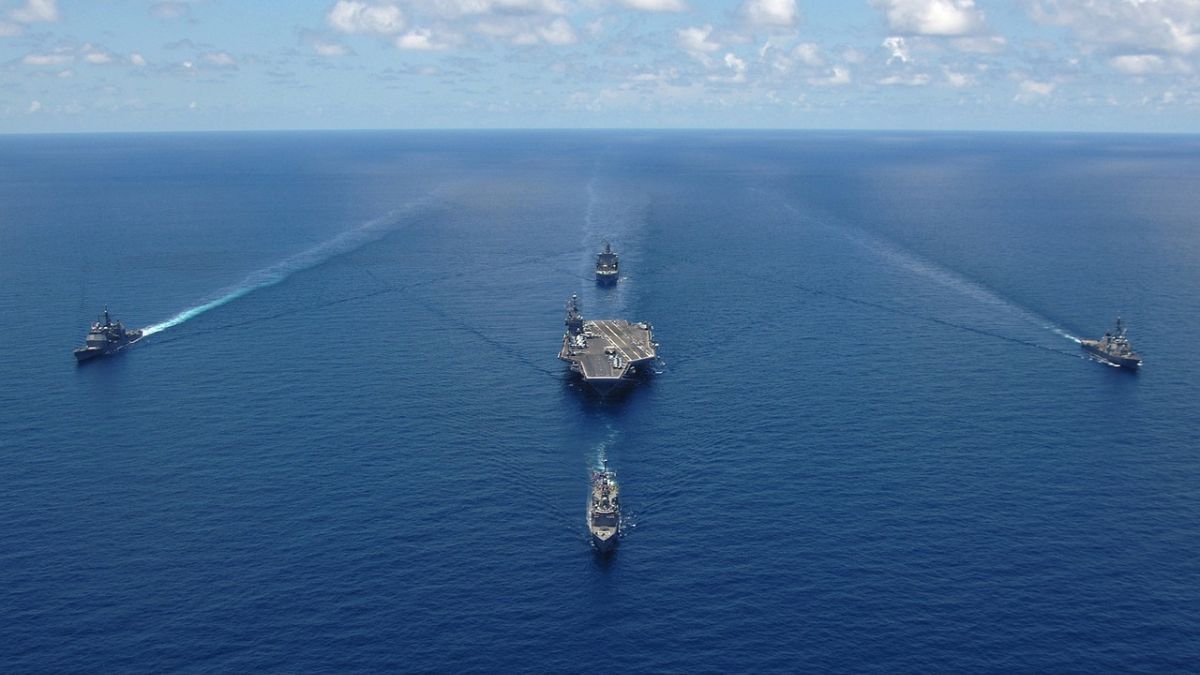The United States has recently deployed a naval strike group to the Eastern Mediterranean in response to rising tensions in the Middle East. This move follows the assassination of key figures connected to Hezbollah and Hamas, raising concerns about potential escalation into a broader conflict.
Key Events Leading to the Deployment
- Assassinations:
- Fuad Shukr, a Hezbollah commander, was killed in Beirut.
- Ismail Haniyeh, a Hamas political leader, was assassinated in Tehran.
- Both killings occurred on July 30 and 31, with Israel being blamed for Haniyeh’s death, although it has not officially taken responsibility.
- US-Israel Discussions:
- Following these events, US Secretary of Defense Lloyd Austin spoke with Israeli Minister of Defense Yoav Gallant. The conversation centered on the potential for Iranian retaliation and the need for heightened US military readiness in the region.
The Stakes
- Potential for Wider Conflict:
- There is growing concern that any retaliatory actions by Iran or its ally Hezbollah could ignite a broader regional war. The US, as Israel’s key ally, may find itself drawn into the conflict, raising the stakes for all parties involved.
- International Reactions:
- Several countries, including Saudi Arabia, Turkey, and Jordan, have urged their citizens to leave Lebanon due to fears of a significant Israeli military response.
- Airlines have also suspended flights to Israel, Jordan, and Lebanon amid growing concerns over regional stability.
Broader Implications
- US Role and Criticism:
- Critics of the US administration are calling for greater efforts to impose a ceasefire and de-escalate the situation. Despite President Joe Biden’s previous criticisms of Israel’s actions in Gaza, there has been no significant push for measures such as an arms sales ban or sanctions.
As the situation unfolds, the world watches closely, with many fearing that the region could be on the brink of a larger and more destructive conflict.


